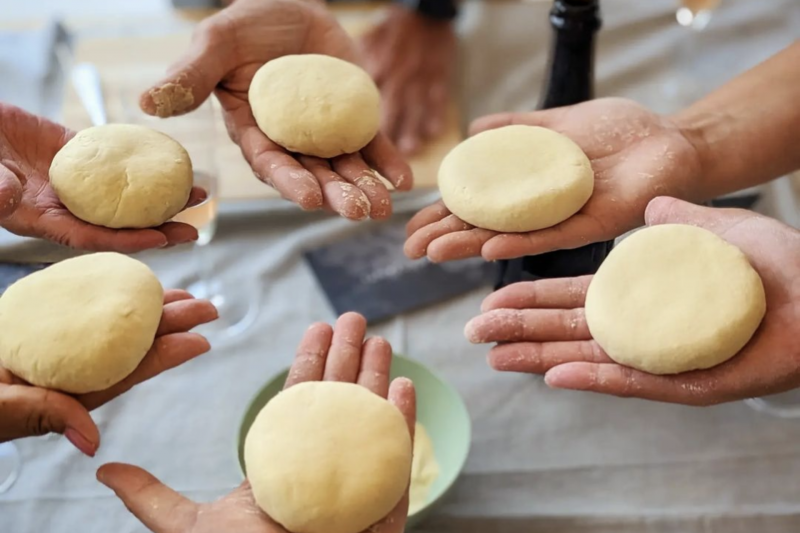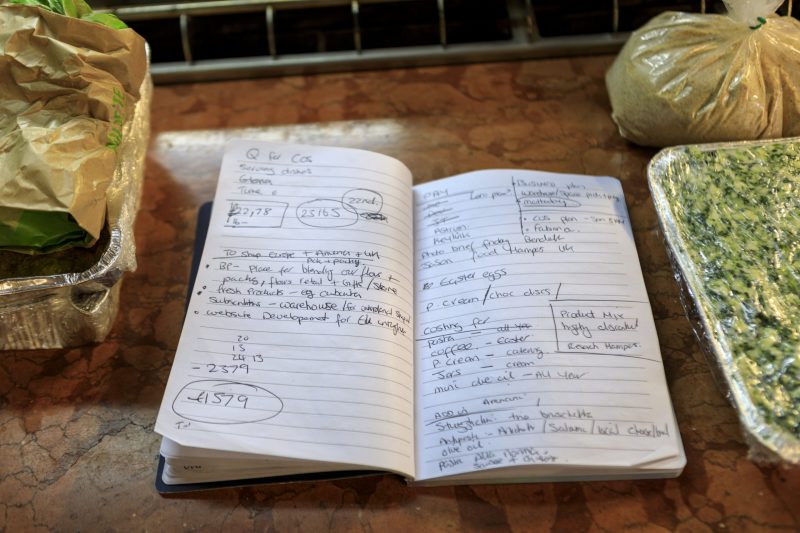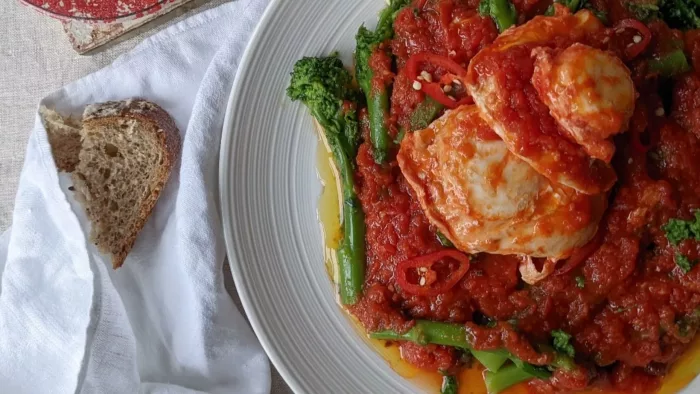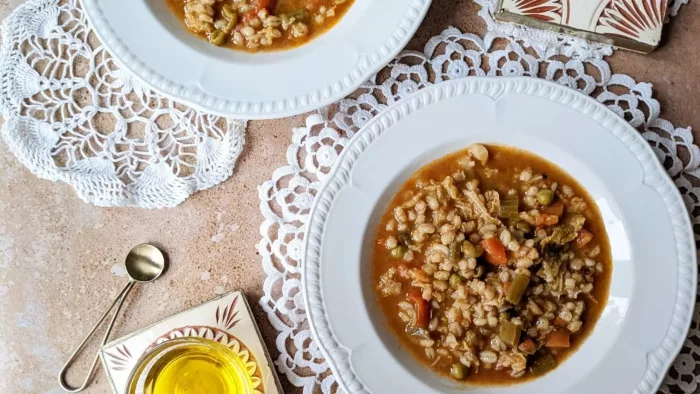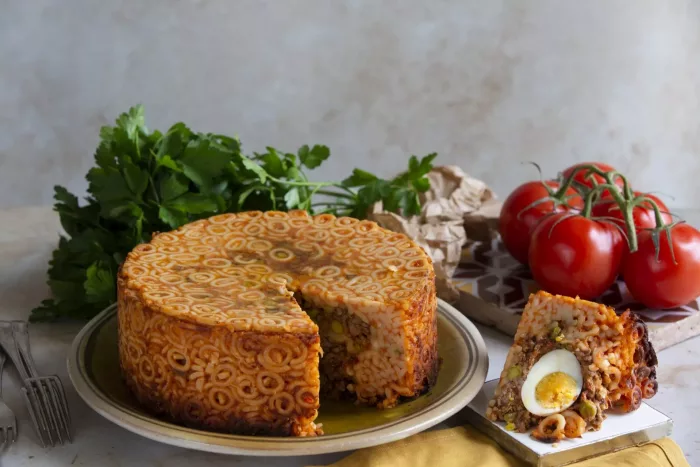Timballo di Melanzane
All Recipes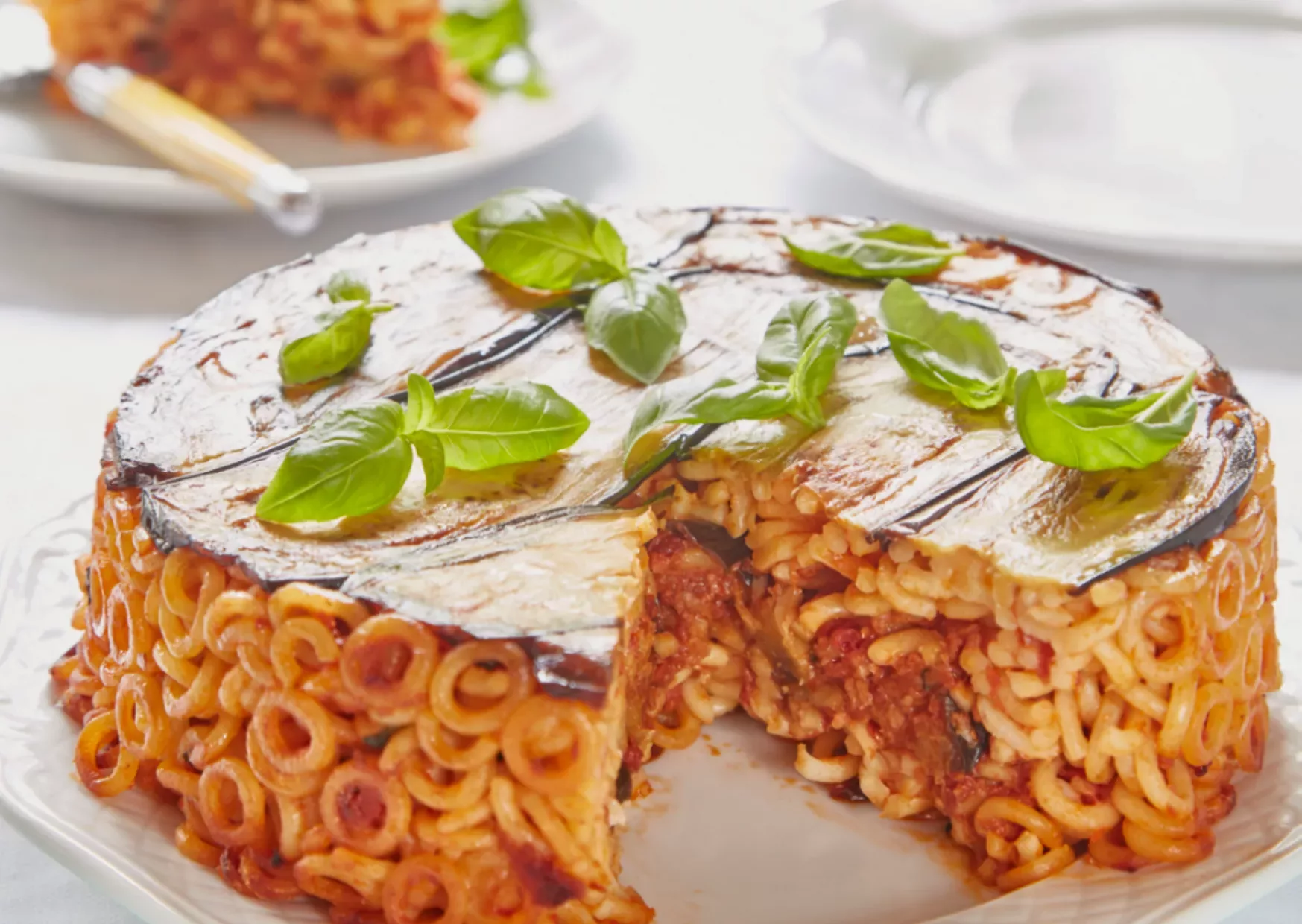
The Tomato Sauce (can be prepared in advance)
- 1200g (3 x cans) x Chopped tinned tomatoes
- 15g x Bunch of fresh basil roughly chopped
- 2 x Garlic cloves
- Salt
The Pasta
- 500g x Pasta Anelletti Siciliani (dry)
- 120g x Salted Butter
- 100g x Parmesan cheese (finely grated)
- 200g x Cooked Tomato Sauce
The Filling
- 3 x Aubergine
- 400g x Cooked Tomato sauce
- 100g x Parmesan (finely grated)
- Sunflower oil
- Salt
Special Equipment
- 8-inch cake mould
When you delve into the traditions of Sicilian cuisine you will soon discover dishes like no other.
You may feel baked pasta is nothing special to be shouted about because it has been made so many times with several recipes and all over the world; but when you delve into the traditions of Sicilian cuisine you will soon discover that this dish is not like any baked pasta you have made before, so we want to share with you one of our typical Sicilian recipes,, Timballo Siciliano.
The Timballo Siciliano is a form of baked pasta, baked inside a Timbale mould which gives its name and its shape. Typically made with Pasta anelletti (little rings) it has a filled centre of fried aubergine or beef ragu.
In the Strazzanti household, we have many food traditions like most Italian families, and we make our Timballo with either aubergine inside and then layered with extra fried aubergine slices on the outside or our classic beef ragu with peas and boiled egg. We tend to make Timballo for celebratory occasions like New Year’s lunch rather than Easter as we have Grandad’s Lamb dish!
Remember, every family have their own versions of recipes, passed down from generations. So, if there is something in our recipe that someone else might not use then that’s ok, cooking is personal and comes from the heart.
Recipes develop over time with what ingredients were available, they will always be unique with similarities to any individual or family household. For instance, we add butter to our pasta mix in the Timballo recipe, simply because that’s what our Nonna started to add when she moved to the UK when she was 28. This was because at the time in 1954, she had limited availability to cheese like pecorino or parmesan, so to make the pasta tastier she would add butter!
Photo credit: from our recipe feature in Woman & Home Magazine
Method
The Tomato Sauce (Sugo di Pomodoro)
First, make the tomato sauce by heating up a saucepan with olive oil and add in the peeled, lightly crushed garlic, cook until lightly golden. Add in the chopped basil to the garlic and cook for 30 seconds and finally add in the canned tomatoes. Season well and leave to simmer on a low heat without the lid for 25 minutes, until reduced by half.
The Pasta
Heat up a separate pan with water and bring to the boil, season with salt, add in the pasta and cook until al dente (refer to the manufacturer’s guidelines as every brand of pasta varies). Once the pasta is cooked, drain and put back inside the pan.
Into the drained pasta whilst still hot, add the butter & parmesan mixing thoroughly. At this stage the tomato sauce should be cooked (it can also be cooked in advance) add the required amount of tomato sauce (200g) to the cooked pasta, mix well and leave to one side.
The Filling
Take a frying pan and heat up 2 cm of sunflower oil, slice one aubergine in thin slices (½ cm) lengthways and fry until golden brown for the top of your Timballo; leave to drain on kitchen paper to absorb any excess oil.
The remaining aubergine chop into 1-inch cubes and fry until cooked and golden brown, season with salt. Take the cooked aubergine and add into the remaining tomato sauce; cook for a further 10-15 minutes until the sauce and aubergine are nicely reduced and concentrated, this is the point where you can add in the remaining parmesan cheese (100g).
To Assemble
To assemble the Timballo, take an 8-inch cake mould and line the base with the cooked sliced aubergine, add ¾ of the pasta making sure it lines the base and the sides, creating a well in the centre. Place in the centre the cooked aubergine tomato filling, pressing it firmly inside. Place the remaining pasta on top of the filling to ensure it does not leak during cooking.
Cook in a preheated oven of 180 degrees for 20-25 minutes and leave to stand for 15 minutes.
